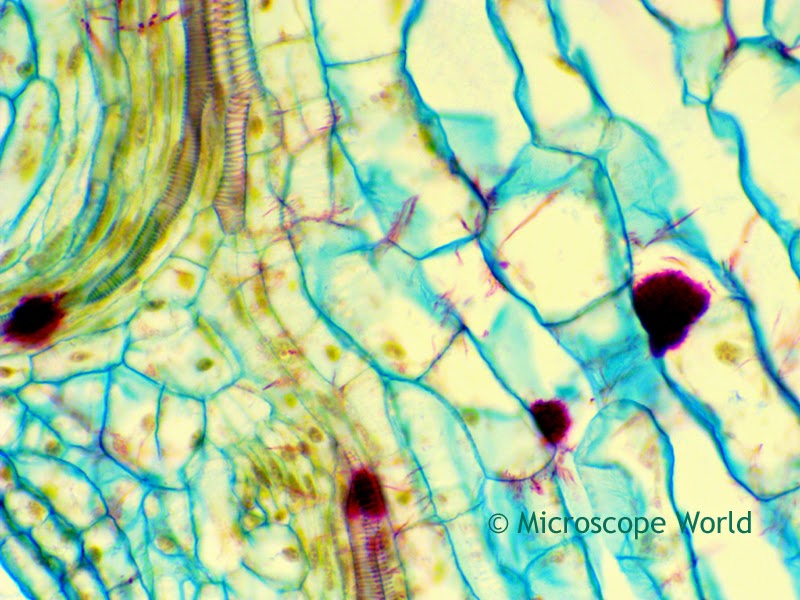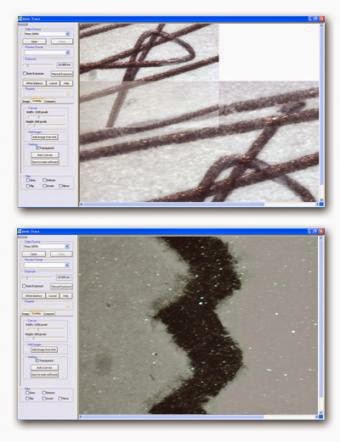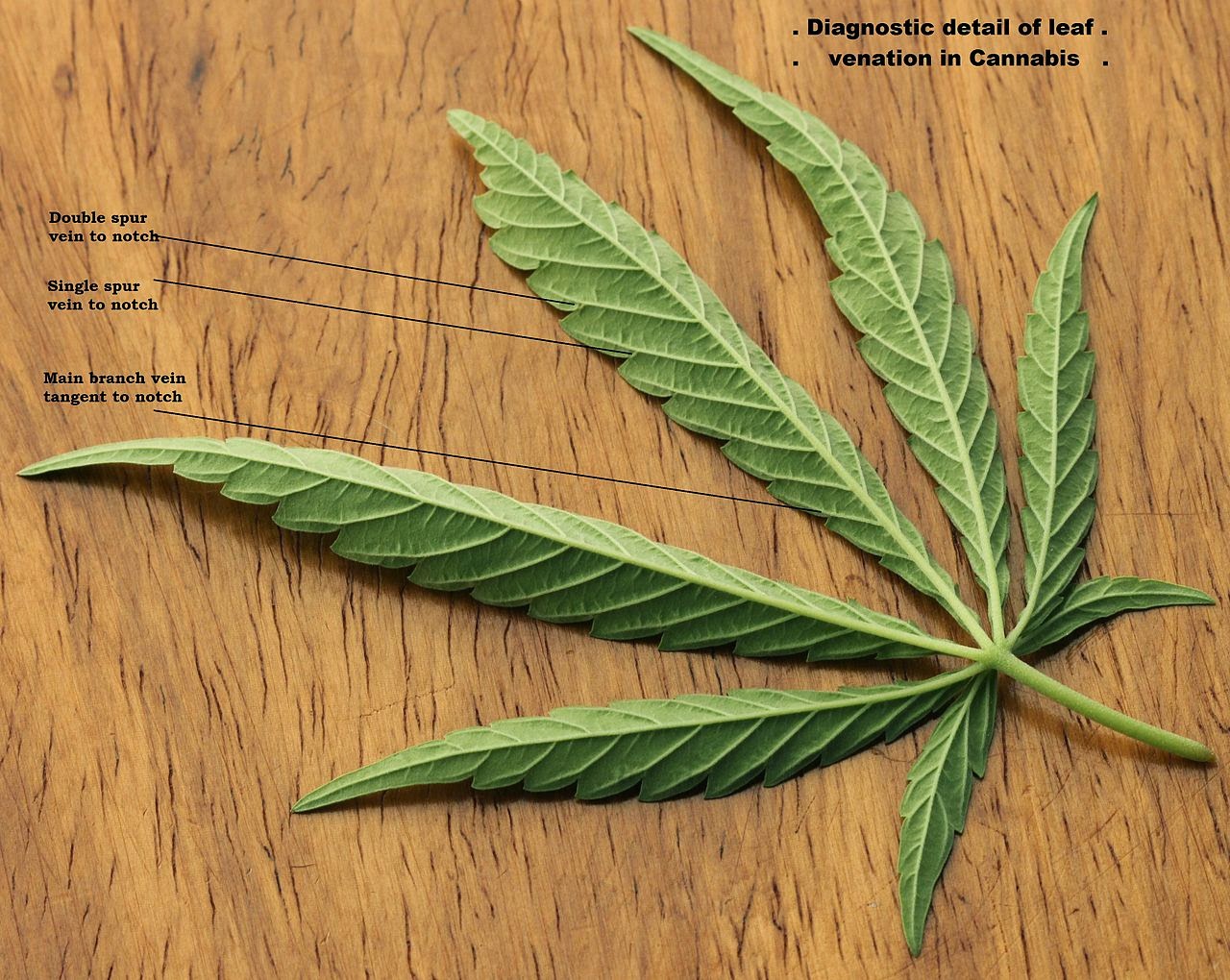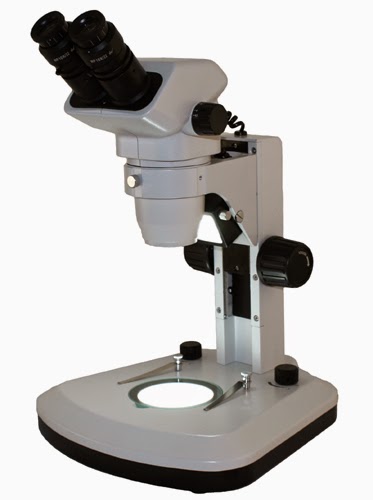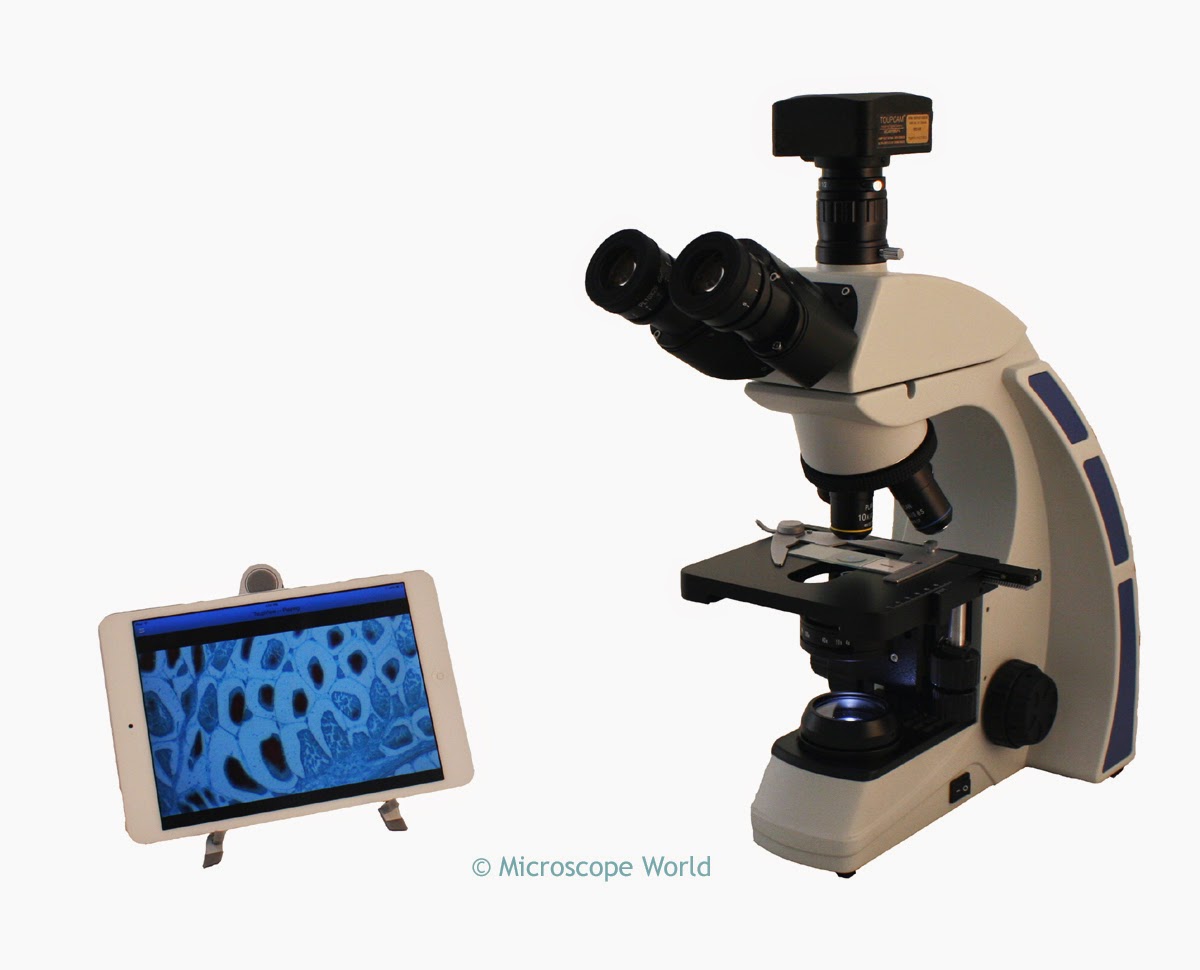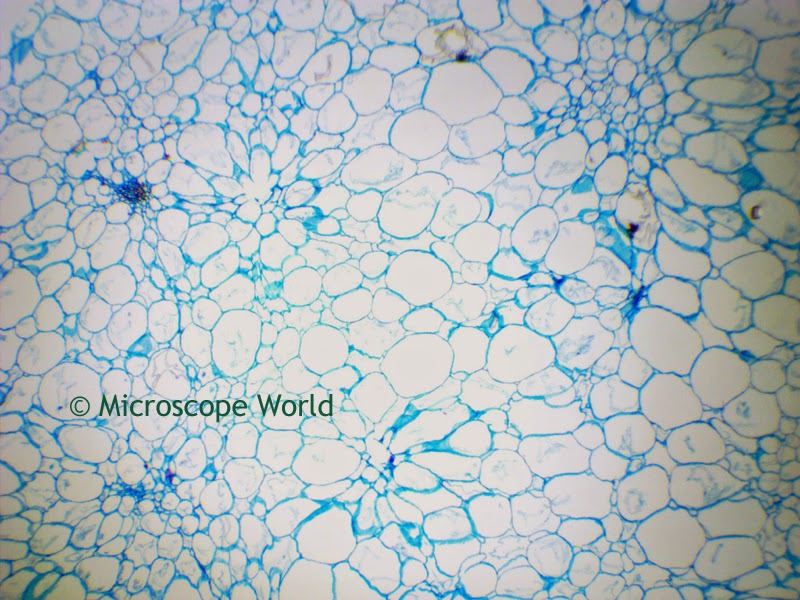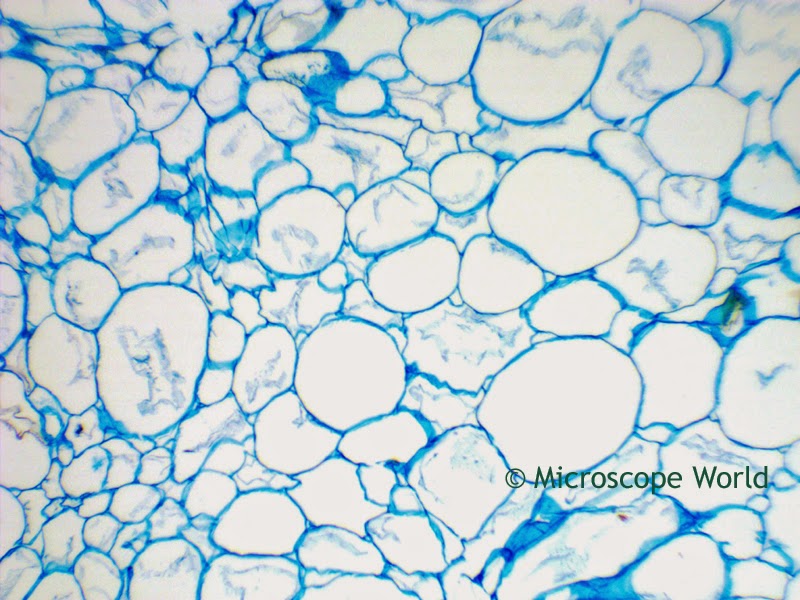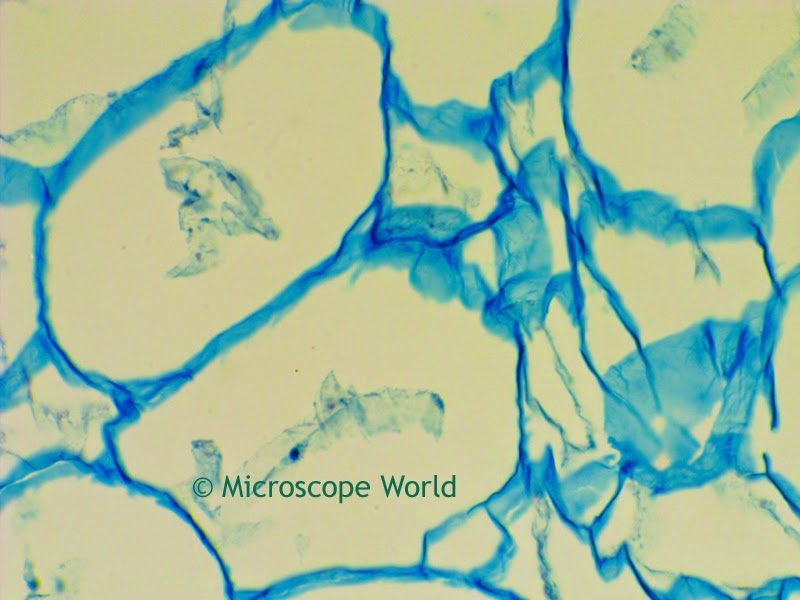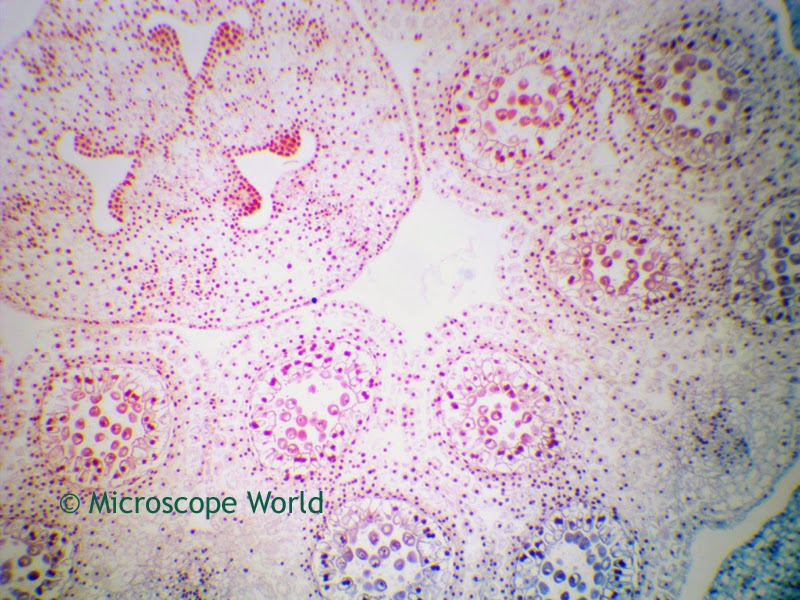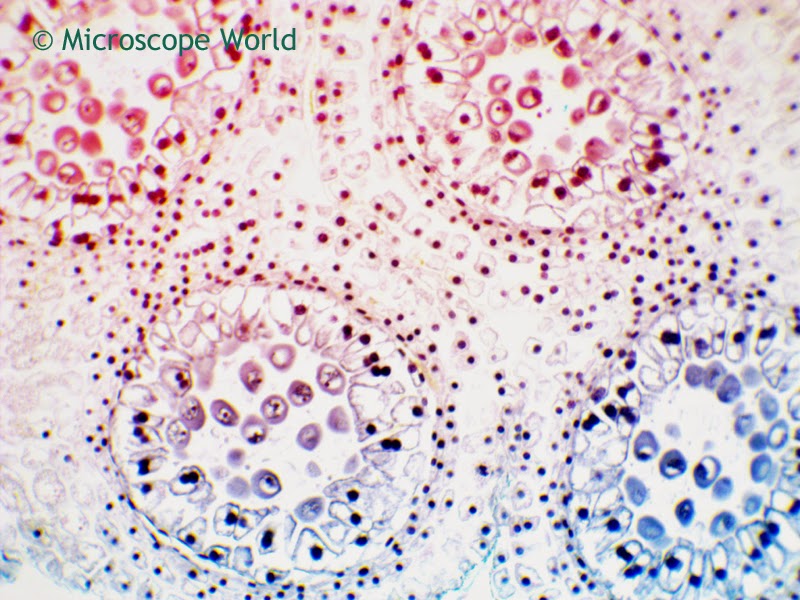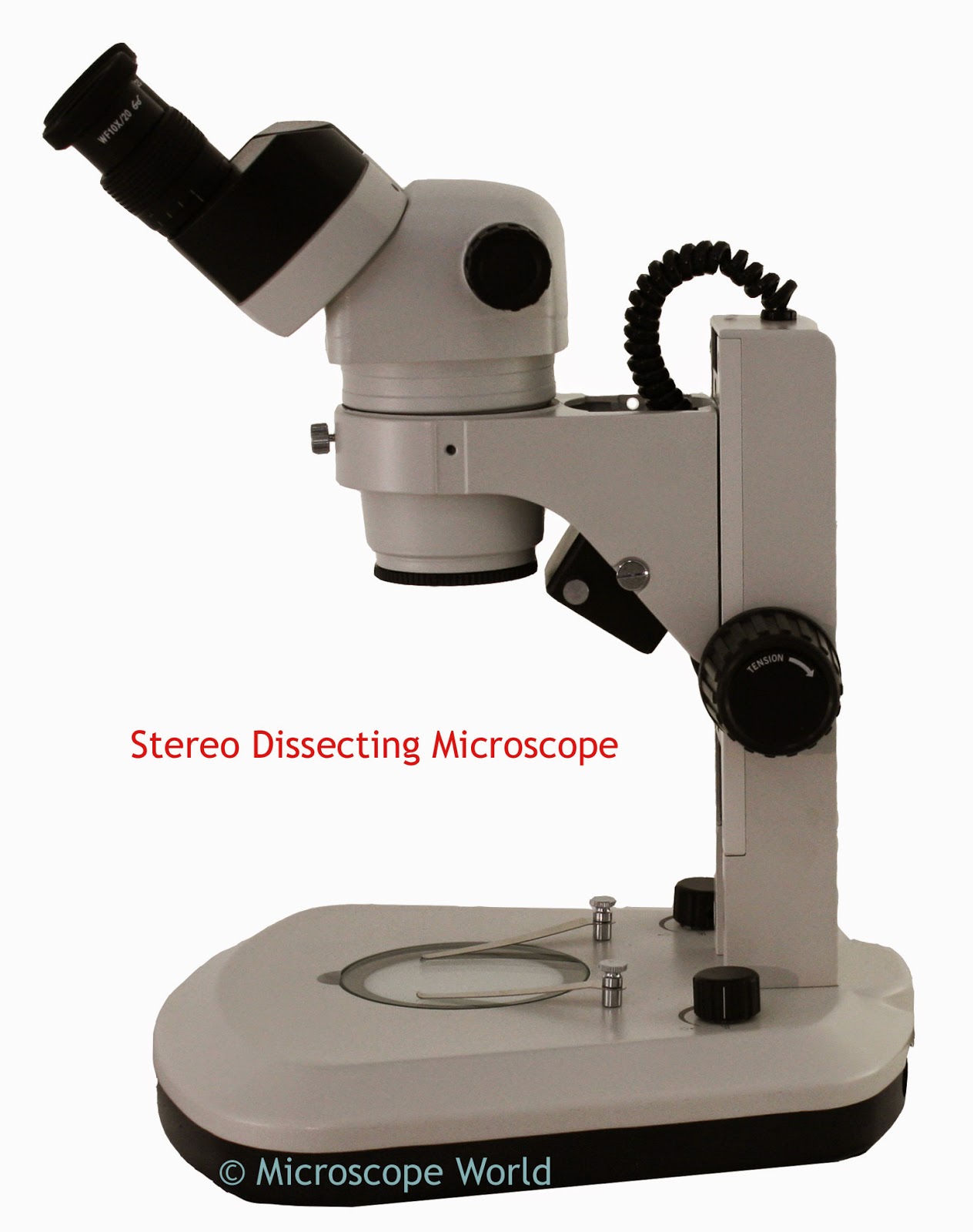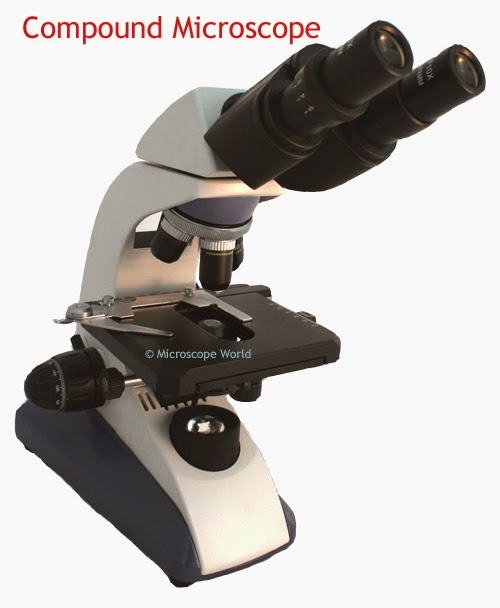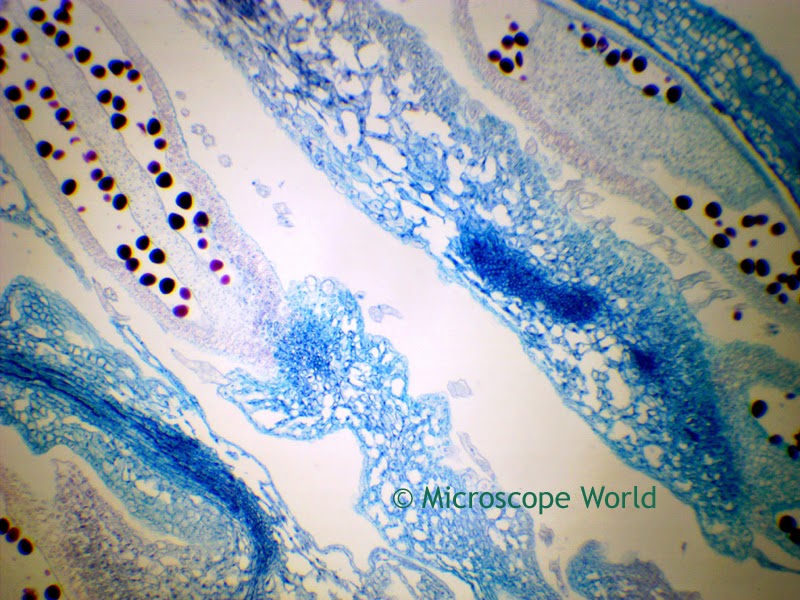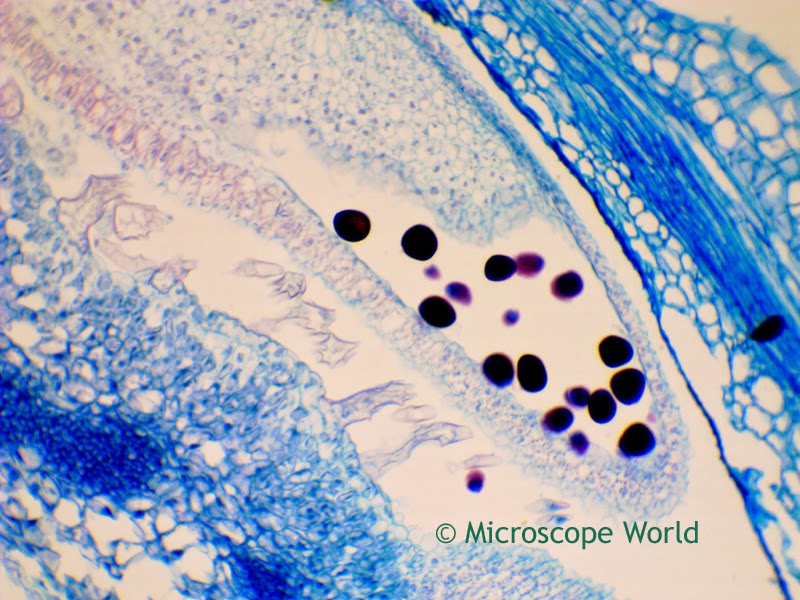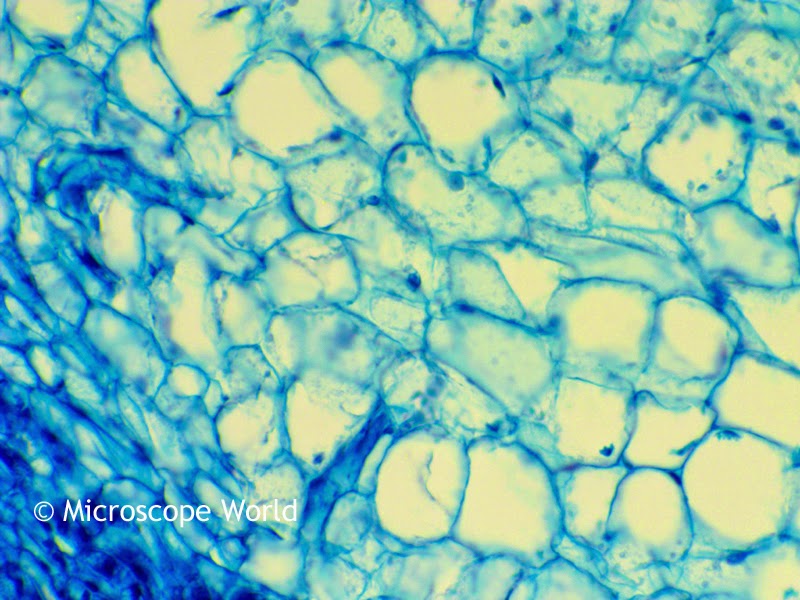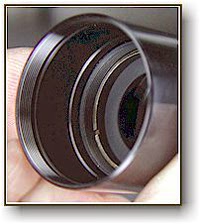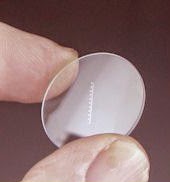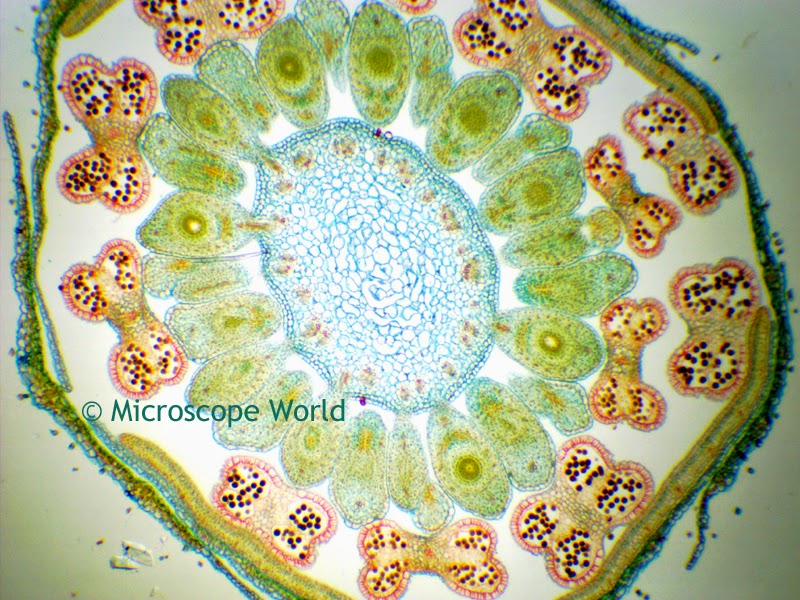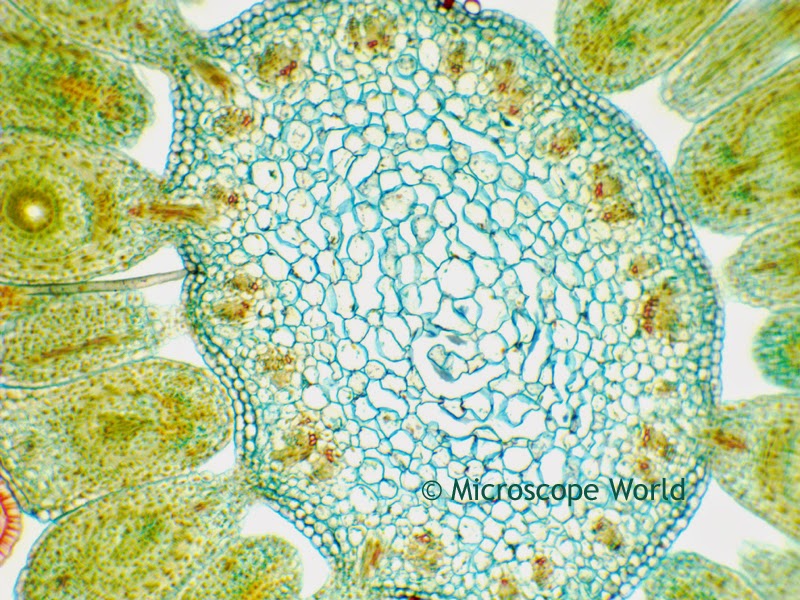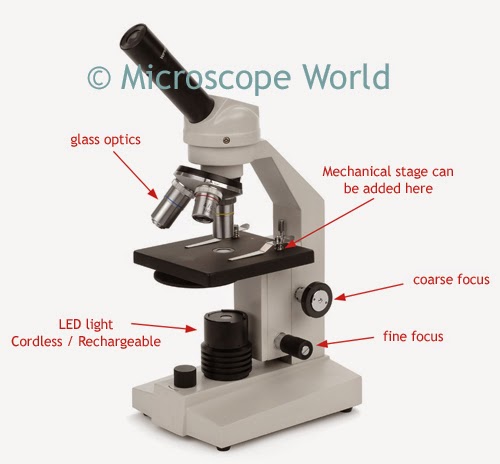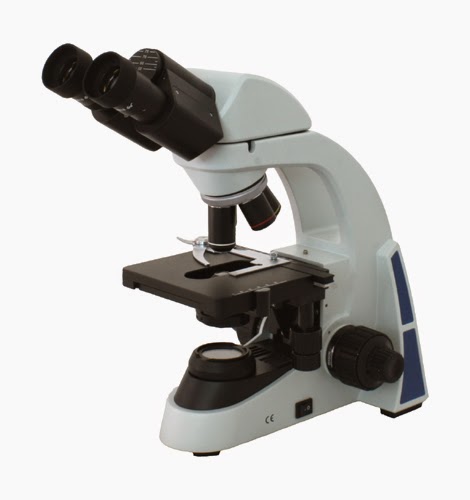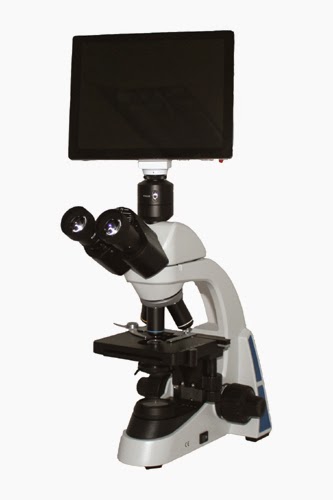The ocean is vast and today we are going to focus specifically on Phytoplankton under the microscope. The term Phytoplankton comes from the Greek word "Planktos" which means wanderer or drifter, exactly what Phytoplankton do in the ocean, as they are unable to swim against major ocean currents.
Phytoplankton thrive near the surface of the ocean since they are organisms that make food from sunlight (known as photosynthesis). Through the process of photosynthesis, Phytoplankton play a large role in the ocean, which contributes to climate and the air breathed each day! Phytoplankton produce about fifty percent of the oxygen you breathe every day, and Diatoms (a single-celled type of Phytoplankton) also help reduce greenhouse gasses. Scientists collect Phytoplankton from the ocean using nets in order to study the organisms.
There are a number of ocean animals' life cycle that depends on Phytoplankton for their existence.
When viewing the plankton under the stereo microscope you may need to switch between incident and transmitted light in order to get the best view. Using a frosted glass stage plate is usually most effective for observing transparent specimens such as plankton. If you are primarily using light from above, switch to the black or white stage plate.
Finally, if you have access to a biological microscope, you may want to put a small sample of water on a depression slide with a cover slip and look for Phytoplankton at a higher magnification.
Phytoplankton thrive near the surface of the ocean since they are organisms that make food from sunlight (known as photosynthesis). Through the process of photosynthesis, Phytoplankton play a large role in the ocean, which contributes to climate and the air breathed each day! Phytoplankton produce about fifty percent of the oxygen you breathe every day, and Diatoms (a single-celled type of Phytoplankton) also help reduce greenhouse gasses. Scientists collect Phytoplankton from the ocean using nets in order to study the organisms.
There are a number of ocean animals' life cycle that depends on Phytoplankton for their existence.
 |
| Example of the ocean life cycle involving Phytoplankton. |
In one single teaspoon of ocean water you might find over a million Phytoplankton. When conditions are ideal, Phytoplankton can grow in such massive numbers that the bloom can be seen from outer space.
 |
| Diatom under a biological microscope. |
Diatoms are another type of plant-like plankton that come in varying shapes including zigzags, ribbons, and fans. They have a protective cell wall made of glass, and their spines help prevent them from sinking. Diatoms also form chains which help keep them near the surface.
You will need the following items to view plankton with the microscope:
- Plankton - visit a local pond, stream or the ocean. Gather some water, preferably with larger particles in it, look for pieces of seaweed, kelp or plants.
- Petri Dish
- Toothpicks to move the plankton around while viewing.
- Stereo Microscope
- Optional: Microscope camera for capturing images.
When viewing the plankton under the stereo microscope you may need to switch between incident and transmitted light in order to get the best view. Using a frosted glass stage plate is usually most effective for observing transparent specimens such as plankton. If you are primarily using light from above, switch to the black or white stage plate.
Finally, if you have access to a biological microscope, you may want to put a small sample of water on a depression slide with a cover slip and look for Phytoplankton at a higher magnification.
 |
| Phytoplankton captured under the microscope at 40x magnification. |
Source: Center for Microbial Oceanography: Research and Education (C-MORE) is a Science and Technology Center headquartered at the University of Hawaii. Parts of this post are from the Microscope in Middle Schools Project. They have an exceptional collection of Phytoplankton images.







